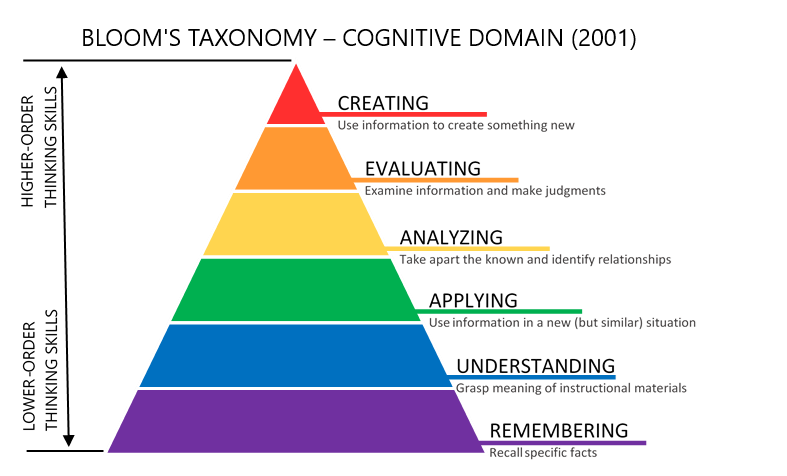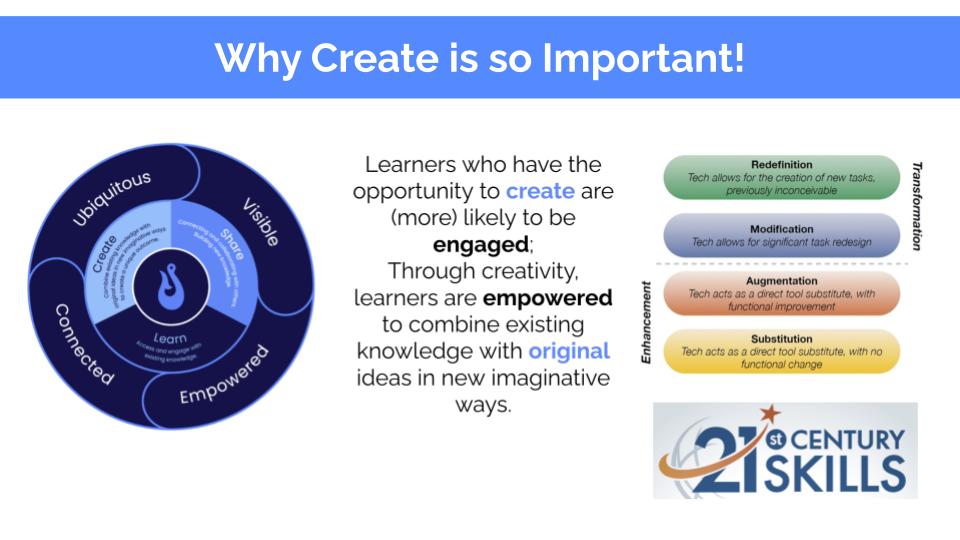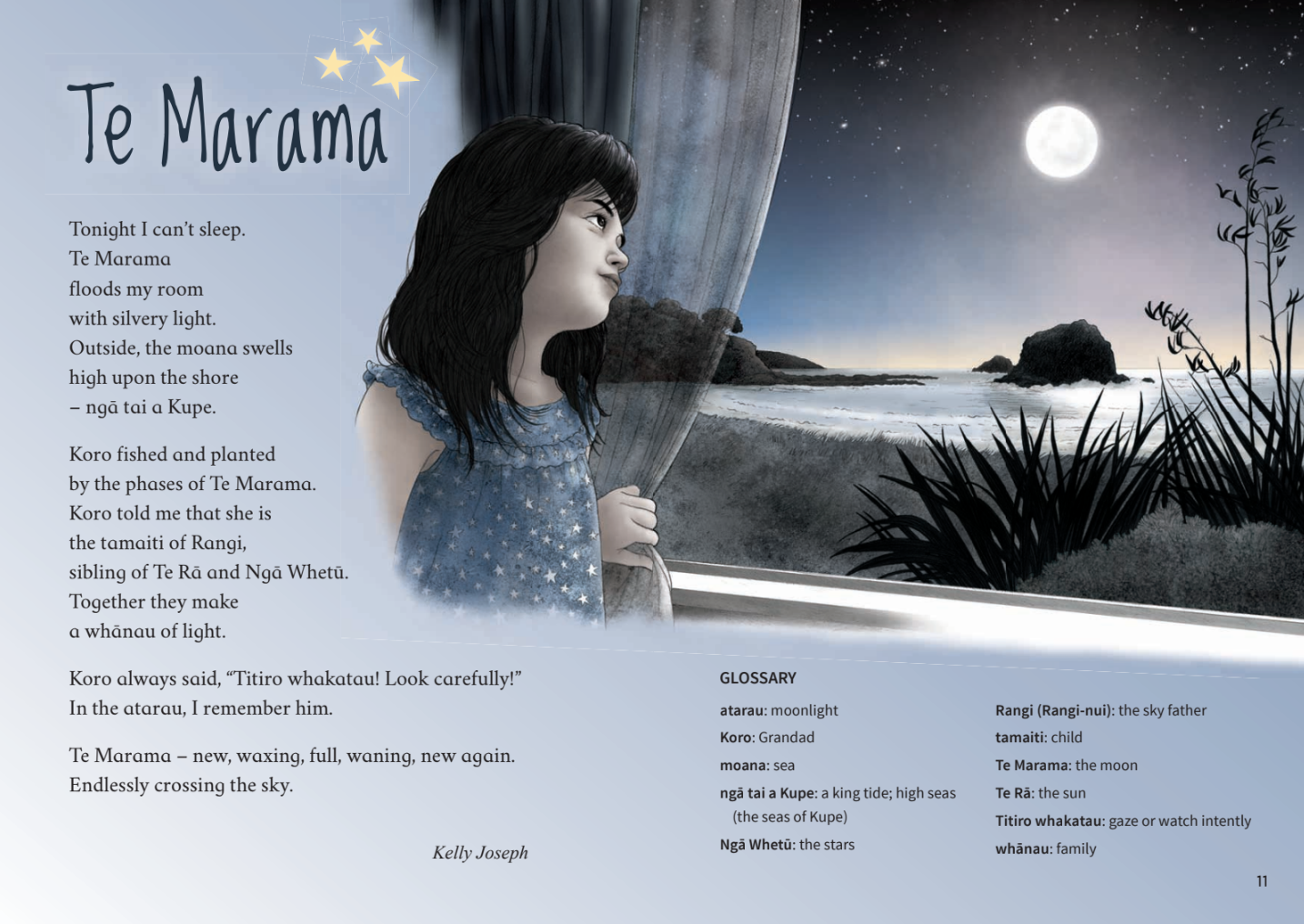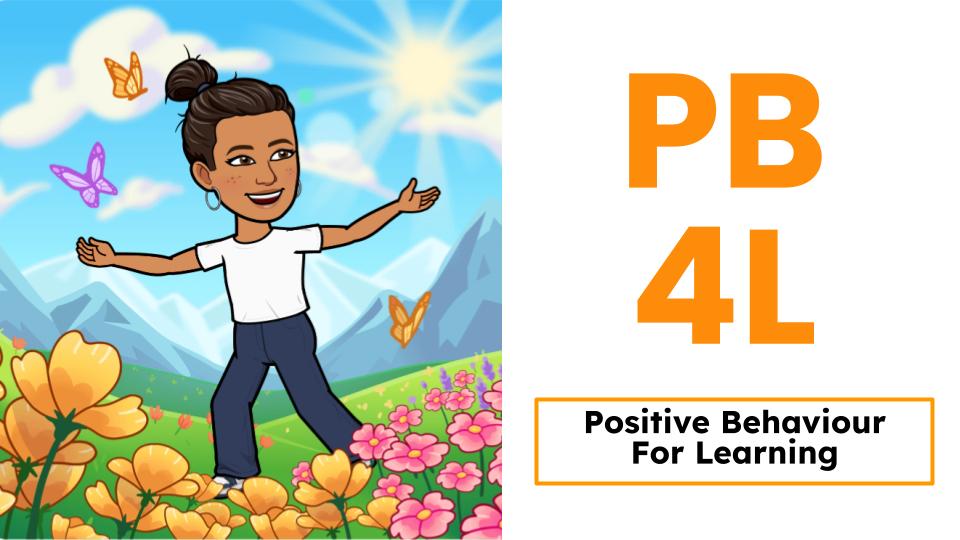Day 7 of the Manaiakalani Reading Programme Intensive (RPI) focused on the aspect of 'thinking' and how we can best incorporate this into our reading programmes and planning. I found this particularly useful for me to consider in the future when designing response to text activities.
As teachers of reading, one of our main goals is to foster critical thinking skills in our students. This allows them to engage with texts at a deeper level, analyse different perspectives, and make informed decisions. In Day 7's session, we talked about how response to text activities can provide opportunities for students to practice higher order thinking. We also explored the importance of moving beyond literal comprehension and how we can effectively design tasks to promote independent critical analysis.

Moving Beyond Literal Comprehension : Something I had never thought about before was the importance of moving beyond literal comprehension. Literal thinking is an essential foundation for reading, but it is only the starting point. If we keep teaching students "on the line", they aren’t able to go to that level of reading intuitively where they read between the lines.
To fully engage with a text, learners need to develop the ability to analyse, interpret, evaluate, and create something from their new learning. These higher order thinking skills enable students to explore complex meanings, consider multiple perspectives, and form their conclusions.
Throughout the day we focused on three effective ways we can plan for learners to think beyond the literal :
- Modelling (critical analysis of text, questioning & ‘thinking about thinking’)
- Response to Text Activities (including higher level ‘Create’)
- Extended Discussion
We spent a bit of time going through examples of effective response to text activities, as well as getting a start on some tasks that incorporated the different levels of thinking. When designing response to text tasks, it is important to provide a balanced range of thinking opportunities. We can use the "levels of thinking" approach to scaffold students' critical thinking. The levels include:
 Literal Level: Understanding the surface meaning of the text.
Literal Level: Understanding the surface meaning of the text.
Interpretive Level: Analysing and making inferences from the text.
Evaluative Level: Evaluating the text, questioning its perspectives, and identifying bias.
At first I had a moment of concern, as I couldn't recall a time I had deliberately planned for "interpretive" and "evaluative" thinking from my students. Thankfully, I realised that I had indeed included opportunities for these levels of thinking, but had not realised that I had done so. One major learning for me is that students would benefit from me being more deliberate in planning tasks that require more than just the literal level of thinking.
One part of the day that I feel helped to grow my pedagogy was when Georgie began breaking down Bloom's Taxonomy, in regards to analysis : 
We can consider analysis as the opposite to summarising. Here are the key things about analysis I took from our session :
- Summarising involves paraphrasing to make a shorter version of the source text, reducing it to its main ideas or key information. Analysis, on the other hand, involves close reading of the text to identify particular features that communicate or reinforce the main ideas i.e. noticing details in language, structure and other devices the author has chosen to achieve their purpose.
- A well understood strategy for understanding deeper, more complex meanings is breaking down the whole into its component parts. Bloom’s shows the bridge into synthesis and evaluation via analysis such as breaking a topic or idea into its elements or examining a subject from different perspectives.
- It helps us see how the “whole” is created from the “parts.” It’s easy to miss the big picture without seeing how the parts are connected. Analysis helps reveal the connections and relationships between the parts to extend and deepen understanding.
- Analysis can be used for two things
- To zoom in. “What word does the author use to show us…”
- To zoom out. “What other evidence connects to the big idea…?”
- This made me realise that I need to be more deliberate in "zooming out" with my akonga.
Here are some other key points I have taken away from Day 7 :
- Incorporating critical analysis into response to text activities helps students develop metacognitive skills. They learn to question and evaluate the content they encounter actively. For instance, students could examine historical photographs, consider the story behind them, and reflect on the historical context.
- The ultimate goal is to build learners' independence as critical thinkers. Teachers can model critical analysis and encourage students to lead discussions independently. Creating a safe and collaborative environment for these discussions allows students to explore diverse perspectives and develop their ideas.
- Incorporating response to text activities into our teaching provides a powerful platform for students to develop critical thinking skills.
- By moving beyond literal comprehension and engaging with texts at deeper levels, students become more active and informed readers.
- Through the "Levels of Thinking" approach, they analyze, interpret, evaluate, and create, leading to a deeper understanding of complex texts and ideas.
Meitaki maata to the Manaiakalani RPI team for Day 7!









.jpg)
